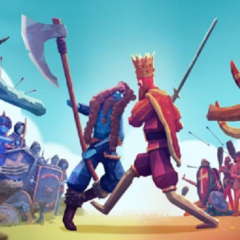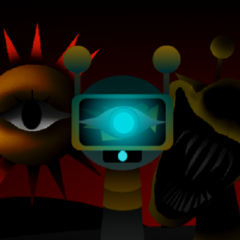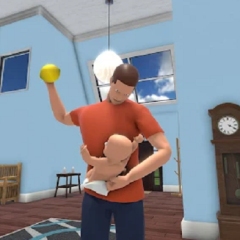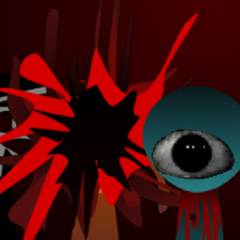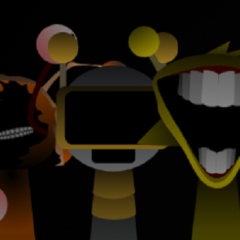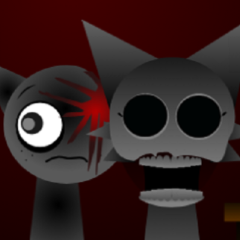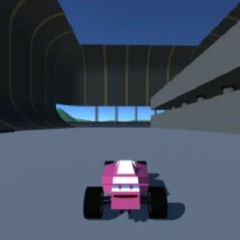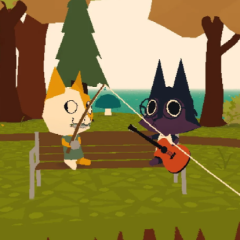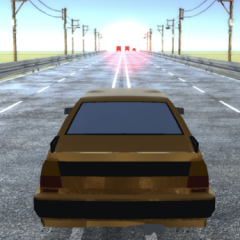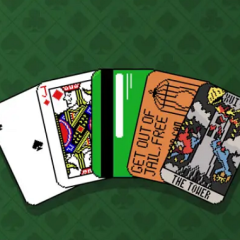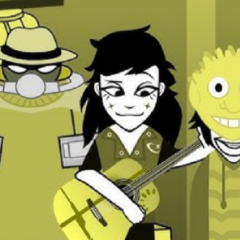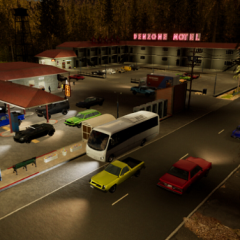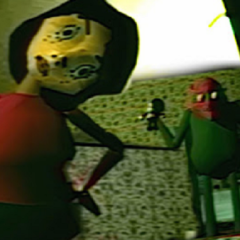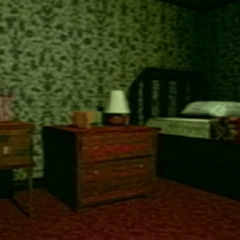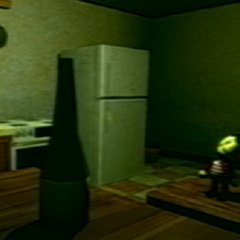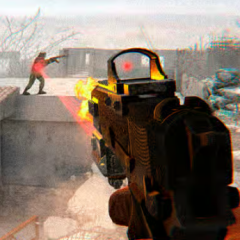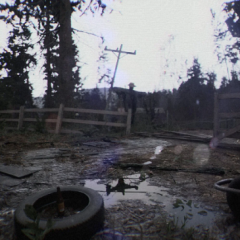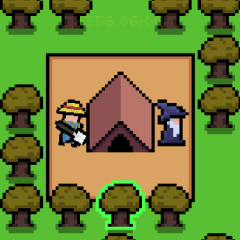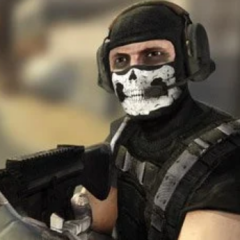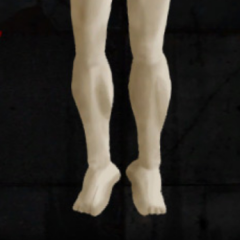Fnaf Free Roam 2 is a first-person horror game that allows players to move freely through the environment rather than being restricted to a single location. Unlike earlier entries in the series, this version provides more control over exploration while still focusing on survival mechanics. The player is placed in a dark, abandoned facility where animatronic characters remain active at night. Movement, timing, and observation are required to stay alive and avoid being caught. The game maintains a night-based structure with increasing difficulty as time passes.
Exploration And Threats
The core gameplay centers around moving through multiple rooms and hallways to check for threats and locate helpful items. Flashlights are used to see in dark areas, and sound cues help detect nearby dangers. The player must learn the layout of the building to find hiding spots or escape routes. Animatronics move independently and follow unpredictable patterns, requiring the player to adapt quickly. Risk increases each night, with fewer safe zones and more frequent enemy encounters.
Main Systems And Gameplay Elements
Several features guide the player’s experience:
- Free movement within a large indoor map
- Sound-based detection of animatronics
- Limited-use flashlight for visibility
- Interactive objects to block paths or create noise
- A multi-night progression system with rising tension
These systems work together to challenge the player’s awareness and reaction time.
Progression And Strategy
Each night becomes more complex as new animatronics are introduced or existing ones behave more aggressively. Players can unlock shortcuts or discover tools that help extend survival time. Some objects allow brief distractions or block enemy paths, but most require careful timing to be effective. Planning movement routes and recognizing sound patterns become essential to lasting longer. Survival across all nights leads to different endings based on choices made throughout the game.
Fnaf Free Roam 2 expands the mechanics of earlier titles by combining classic horror tension with open movement. It encourages learning through repetition while giving players more freedom to explore and adapt. The absence of fixed cameras and stationary defense adds new difficulty, but also more involvement in every decision. The game creates a balance between fear and control, making each session different depending on how the player responds to the environment.




